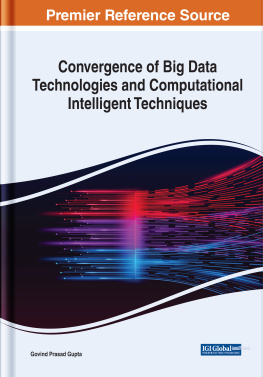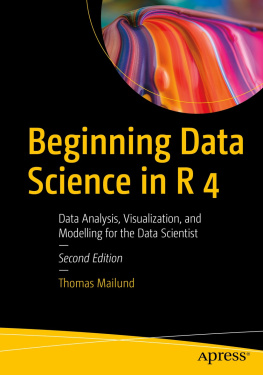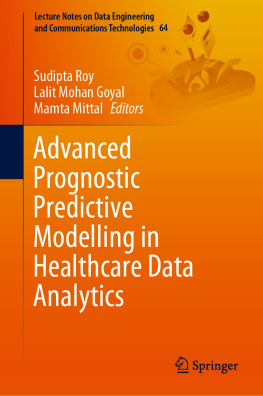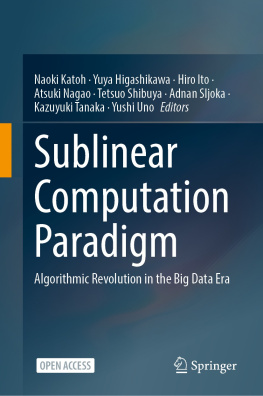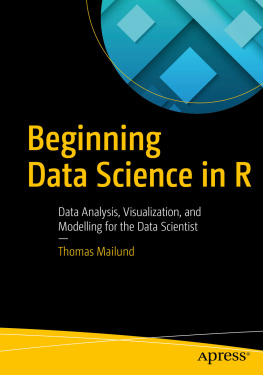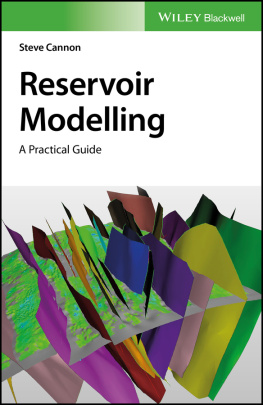First published in 1981 by Gordon and Breach Science Publishers
This edition first published in 2021
by Routledge
2 Park Square, Milton Park, Abingdon, Oxon OX14 4RN
and by Routledge
52 Vanderbilt Avenue, New York, NY 10017
Routledge is an imprint of the Taylor & Francis Group, an informa business
1981 The Military Operations Research Society, Inc.
All rights reserved. No part of this book may be reprinted or reproduced or utilised in any form or by any electronic, mechanical, or other means, now known or hereafter invented, including photocopying and recording, or in any information storage or retrieval system, without permission in writing from the publishers.
Trademark notice: Product or corporate names may be trademarks or registered trademarks, and are used only for identification and explanation without intent to infringe.
British Library Cataloguing in Publication Data
A catalogue record for this book is available from the British Library
ISBN: 978-0-367-68499-0 (Set)
ISBN: 978-1-00-316169-1 (Set) (ebk)
ISBN: 978-0-367-71242-6 (Volume 13) (hbk)
ISBN: 978-0-367-71246-4 (Volume 13) (pbk)
ISBN: 978-1-00-314998-9 (Volume 13) (ebk)
Publishers Note
The publisher has gone to great lengths to ensure the quality of this reprint but points out that some imperfections in the original copies may be apparent.
Disclaimer
The publisher has made every effort to trace copyright holders and would welcome correspondence from those they have been unable to trace.
Copyright 1981 The Military Operations Research Society, Inc.
Gordon and Breach, Science Publishers, Inc.
One Park Avenue
New York, NY 10016
Gordon and Breach Science Publishers Ltd.
42 William IV Street
London WC2N 4DE
Gordon & Breach
7-9 rue Emile Dubois
F-75014 Paris
Library of Congress Cataloging in Publication Data
Hoeber, Francis P.
Military applications of modeling.
(Military operations research, ISSN 0275-5823; v. 1)
Bibliography: p.
Includes index.
1. Military art and scienceMathematical modelsCase studies. 2. Operations researchCase studies. 3. Mathematical modelsCase studies. I. Title. II. Series.
U104.H56 355.00151 81-6446
ISBN 0-677-05840-3 AACR2
Library of Congress catalog card number 80-2744 ISBN 0 677 05840-3 ISSN: 0275-5823. All rights reserved. No part of this book may be reproduced or utilized in any form or by any means, electronic or mechanical, including photocopying, recording, or by any information, storage or retrieval system, without permission in writing from the publishers. Printed in the United States of America.
General Sun Tzu, a Fifth-Century B.C. approximate contemporary of Confucius, is probably the first recorded practitioner of military operations research. In his epochal text, The Art of War, he observed:
Know the enemy and know yourself; in a hundred battles you will never be in peril. When you are ignorant of the enemy but know yourself, your chances of winning or losing are equal. If ignorant both of your enemy and of yourself, you are certain in every battle to be in peril.
His advice has met the test of nearly 24 centuries. The complexity of the commanders problems has increased considerably since the days of the Chou Dynasty (in terms of battlefield area, perhaps 82 db), but remains qualitatively the same.
The essence of knowing is indeed analysis. No war is ever fought twice; the essence of preparation, of planning, is the analysis of data which are at best only partially relevant: historical data, exercise and test results, and intelligence. Such analysis and implicit extrapolation from the available quantitative information provide the basis for the planning of national defense: systems, strategies, and operations. This is military operations research.
The application of the disciplines now known collectively as military operations research is as old as mathematics itself. Archimedes was probably the first Government consultant on military operations, and DaVinci perhaps the first system engineer. The sector, the first analog calculator, reputedly fashioned by Galileo circa 1590, regularly included special scales for the design of fortifications. More recently, one of the first formal, testable bodies of theory of military engagements is that of F. W. Lanchester who in 1914 published a mathematical model of tactical warfare, embodying and quantifying the principle of concentration of forces, with emphasis on the then-new problem of the air battle.
During World War II the corpus of modern military operations research (and indeed the probable first use of the phrase operations research) was seeded by the development of tactics utilizing the new radar machines, and by the successful optimization of antisubmarine warfare tactics developed by the U.S. Navy during World War II. This work was subsequently reported by Philip Morse and George Kimball, who published the first definitive text on the subject.
The art of military operations research has broadened and deepened since these beginnings, and its impact on systems planning, inter alia, has grown as well. As national defense grows more complex, so do the formal methods for its analysis.
Recognizing the criticality of analysis to the management of national defense and to the planning of warfare, and recognizing the need for a comprehensive body of professional literature in this discipline, the Military Operations Research Society is publishing this series. This volume, like the others, represents the findings and opinions of its author, and does not represent any policy or position of the Editors, of MORS or of the United States Government.
The present volume, by Francis P. Hoeber, offers a critical review of the techniques of mathematical modeling and their appropriate application, candidly presented by a master. The virtues of sophistication via simplicity, and the beauty of the artful finesse, emerge as the signature of successful modeling.
STEPHEN W. LEIBHOLZ
This series of monographs represents one of the professional activities of the Military Operations Research Society, the professional society of the community of practitioners of operations research in the context of national security.
The purpose of the Military Operations Research Society is to enhance the quality and effectiveness of military operations research. To accomplish this purpose, the Society provides media for professional exchange and peer criticism among students, theoreticians, practitioners, and users of military operations research. These media consist primarily of the semiannual MORS symposia, their published proceedings, and special-purpose monographs. The forum provided by these media is directed to display the state of the art, to encourage consistent professional quality, to stimulate communication and interaction between practitioners and users, and to foster the interest and development of students of operations research. In performing its function, the Military Operations Research Society does not make or advocate official policy nor does it attempt to influence the formulation of policy. Matters discussed or statements made during the course of its symposia or printed in its publications represent the positions of the individual participants and authors, and not of the Society.


